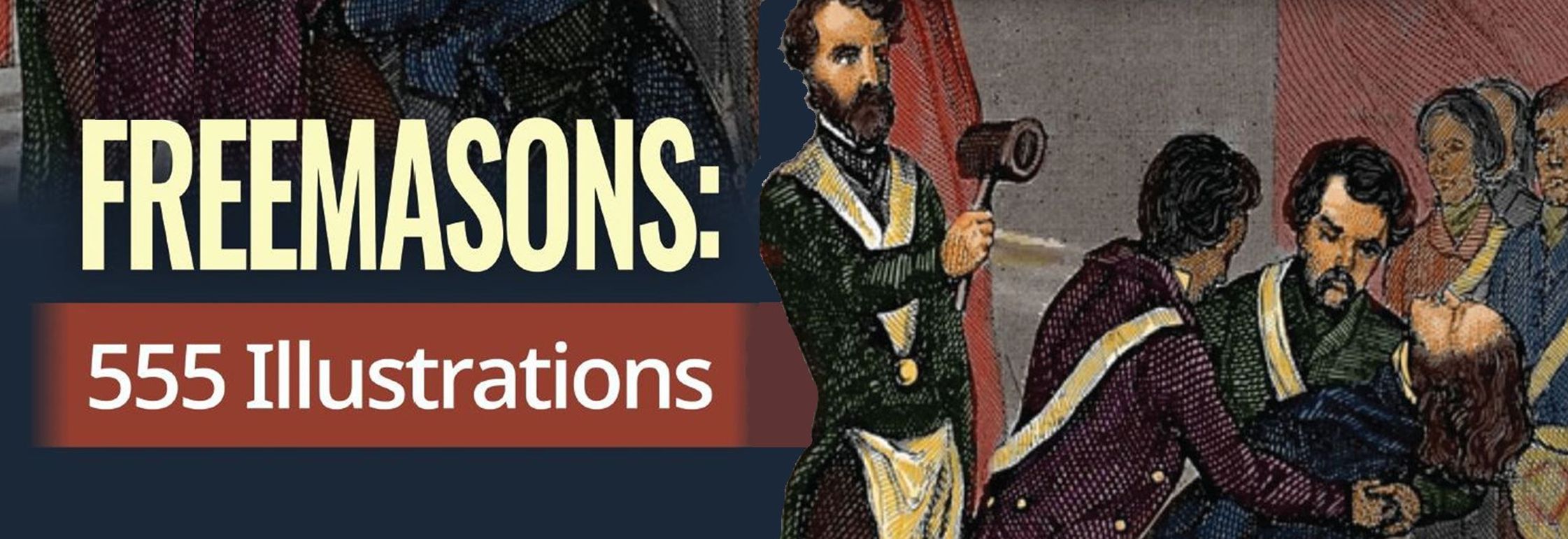The Anti-Masons, traitors and perjurers some, and some mere political knaves, purified Masonry by persecution, and so proved to be its benefactors.
Albert Pike, Morals and Dogma
.
Anti-Masonry (alternatively called Anti-Freemasonry) has been defined as “opposition to Freemasonry”, but there is no homogeneous anti-Masonic movement. Anti-Masonry consists of widely differing criticisms from diverse (and often incompatible) groups who are hostile to Freemasonry in some form. Critics have included religious groups, political groups, and conspiracy theorists.
There have been many disclosures and exposés dating as far back as the 18th century. These often lack context, may be outdated for various reasons, or could be outright hoaxes on the part of the author, as in the case of the Taxil hoax.
These hoaxes and exposés have often become the basis for criticism of Masonry, often religious or political in nature or are based on suspicion of corrupt conspiracy of some form. The political opposition that arose after the “Morgan Affair” in 1826 gave rise to the term Anti-Masonry, which is still in use today, both by Masons in referring to their critics and as a self-descriptor by the critics themselves.
(the source/read more: Wikipedia)
.
© by Michigan Masonic Museum and Library. We recommend to visit its YouTube channel.
.
.
This page is not finished yet. Help us to complete the construction by becoming our Patron.
.














